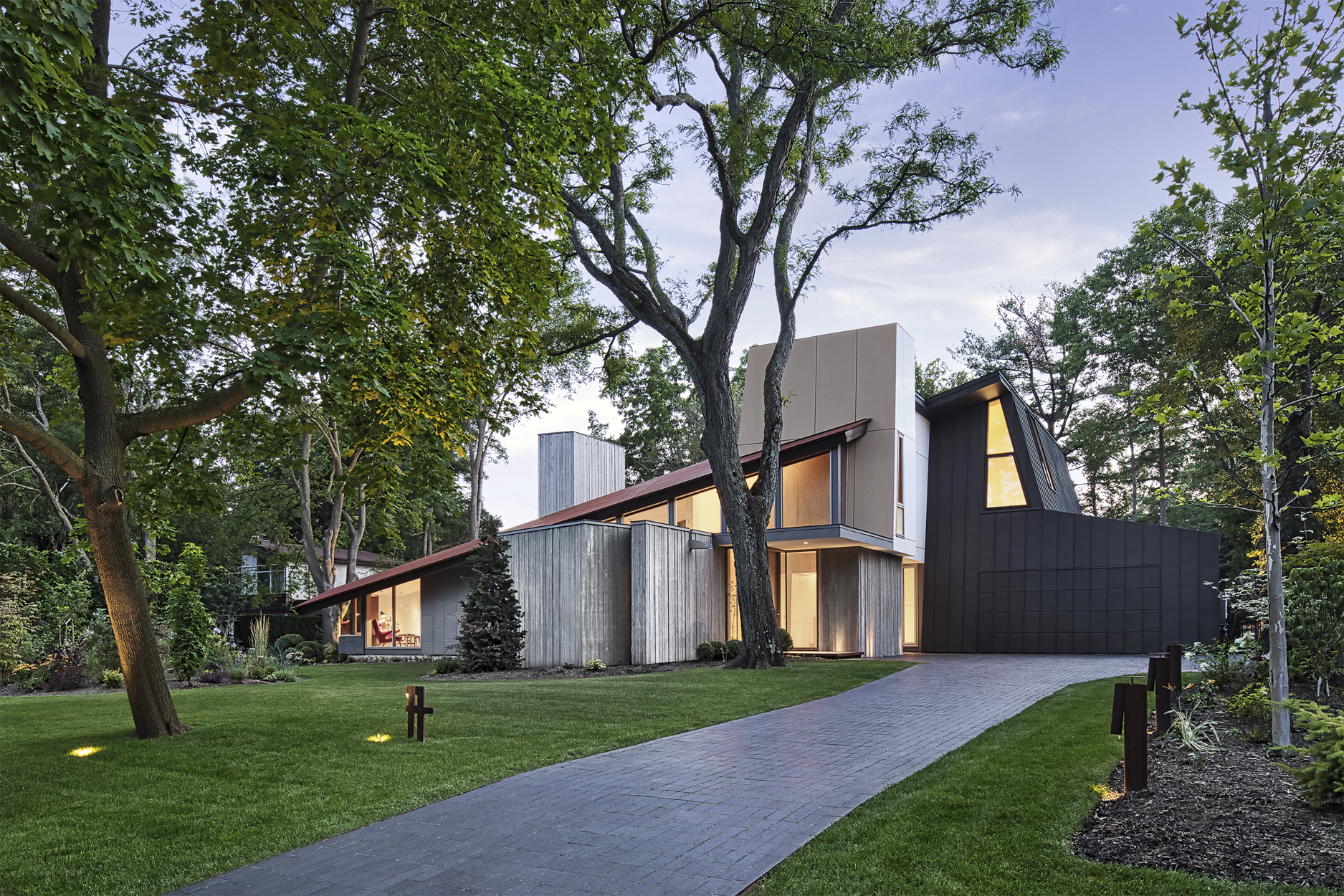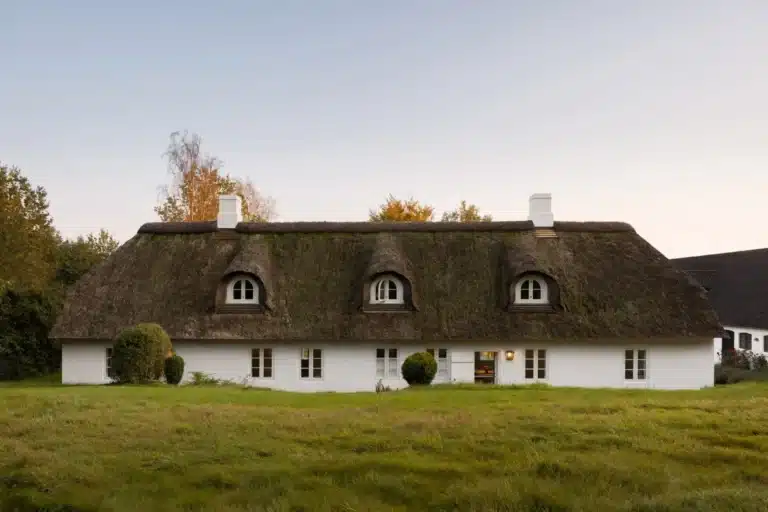Sustainable Designs: The Future of Architecture in the Face of Water Scarcity and Climate Change
As global concerns about water scarcity and climate resilience intensify, sustainable living practices have become more urgent than ever. Today, from residential buildings to museums, circular water systems are emerging as a crucial innovation, offering a blueprint for more responsible resource management. These systems prioritize water reuse, recycling, and conservation, transforming how buildings interact with their surroundings. Instead of relying solely on external water supplies, circular strategies harness rainwater, treat greywater, and integrate natural filtration methods to create closed-loop systems that drastically reduce consumption and waste.
Beyond environmental benefits, circular water practices also enhance community resilience, providing greater independence in the face of increasing climate instability. Architects and designers worldwide are increasingly incorporating these solutions into residential projects. From rainwater harvesting and advanced filtration to water-sensitive landscaping and integrated green infrastructure, today’s sustainable homes are setting new standards for how we live with water.
Upper House – South Brisbane, Australia:-
Designed by: Koichi Takada Architects
Key Features:
✔ 188 apartments across 33 floors – Inspired by the Moreton Bay Fig tree
✔ 20% reduction in water usage through smart systems
✔ 100% renewable energy commitment
✔ 194 bicycle spaces + 60 EV charging ports
✔ Recycled & renewable materials for minimal ecological impact
This project proves that high-rise living can be sustainable, blending biophilic design with cutting-edge eco-tech.

Dove – A Harmonious Blend of Nature & Technology:-
✔ Interconnected pavilions with wood and concrete construction
✔ Ground-source heating & cooling for energy efficiency
✔ Solar PV array for renewable power
✔ On-site well water sourcing
✔ Superior thermal envelope exceeding building codes
Dove exemplifies how architecture can work with nature, optimizing performance while minimizing environmental disruption.

Loma Sagrada House – Regenerative Architecture at Its Best:-
✔ Transformed degraded land into a self-sustaining ecosystem
✔ Minimal earth movement to preserve soil health
✔ Natural ventilation & solar protection
✔ Chemical-free pool & safe water purification
✔ EMF-reducing design for healthier living
This project goes beyond sustainability—it actively heals the environment, setting a new standard for regenerative homes.

Four Houses Pilares – A Sustainable Residential Complex:-
✔ Metallic structures with exposed wooden beams
✔ Wastewater recycling & treatment
✔ Automated LED lighting for efficiency
✔ High-performance noise-insulating windows
✔ Indian Caledonia stone flooring
A perfect example of how modern materials and smart tech can create eco-friendly yet luxurious living spaces.

Fragment Karlin – Where Art Meets Sustainable Living:-
Collaborators: Trigema Development, Qarta Architecture, David Černý (Artist)
Sustainable Highlights:
✔ 140 smart studio apartments
✔ Geothermal heat pumps for heating/cooling
✔ Green roofs & rainwater retention
✔ Loxone Smart Home system (app-controlled automation)
Fragment Karlin proves that sustainability, art, and urban living can coexist beautifully.

The Future of Architecture Is Sustainable:-
From circular water systems to regenerative design, the projects above prove that sustainability and aesthetics go hand-in-hand.
Sustainability Isn’t a Choice—It’s the Future of Architecture:-
Each of these projects demonstrates that sustainable architecture is not a trend but a necessity in addressing 21st-century environmental challenges. Whether designing a small home or a skyscraper, integrating circular economy principles and clean energy will make your work more impactful.







